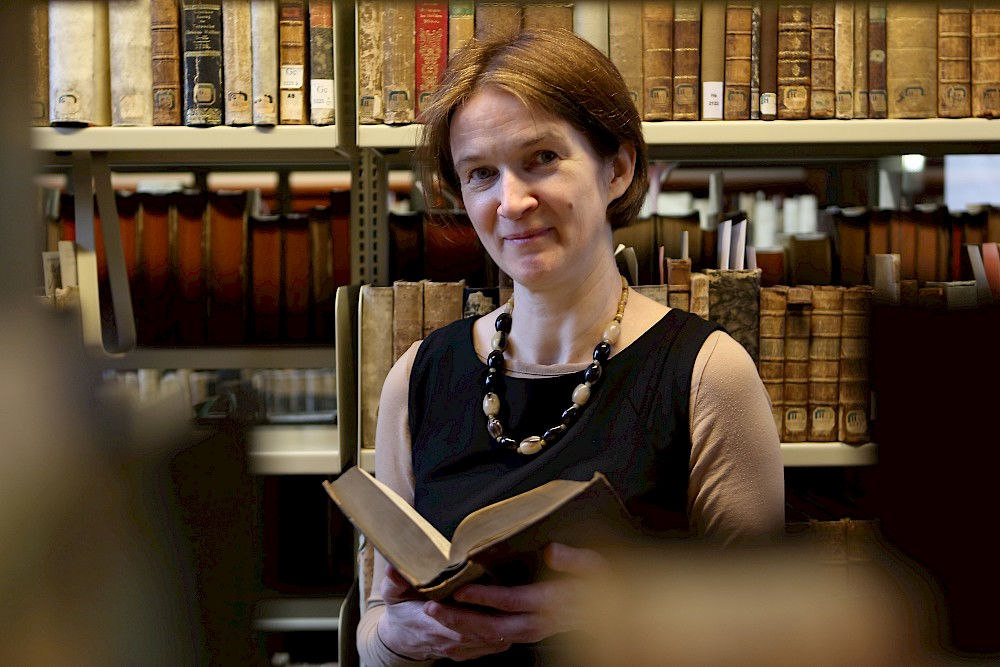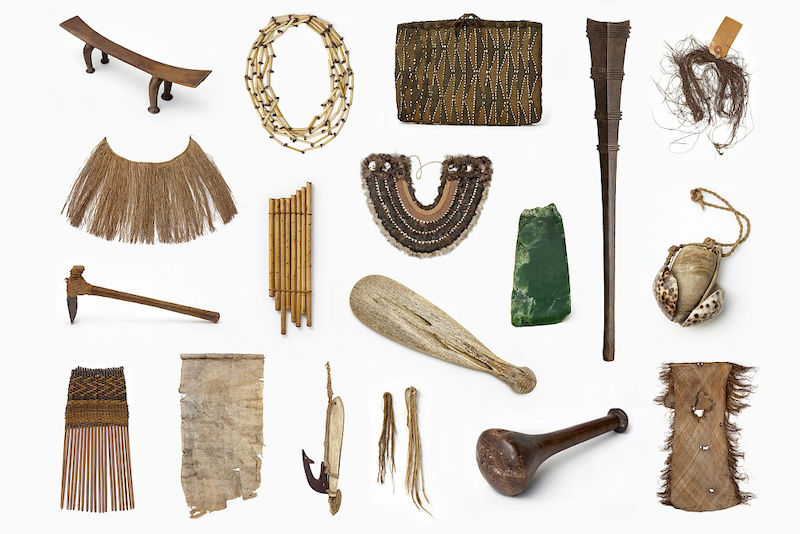Look what we've just missed out on! Just happened to find out about this while researching ancestor Johann Reinhold Forster and his son Georg.
This is a Google translate of the page - which was originally in German. How cool that Johann Reinhold and Georg are still recognised and significant!
Around the World: International Conference on Georg and Johann Reinhold Forster

Elisabeth Décultot: In 1775 the Forsters met Prince Franz of Anhalt-Dessau and his wife Luise in London and gave them some 40 rare, precious objects from the South Sea - for example a Tongan squid angel and jewelry from Tahiti. In 1779, at the invitation of the prince, they spent some time in Wörlitz. Especially Georg's father Johann Reinhold is closely related to the university. He was appointed to Halle the same year as Professor of Natural History and Mineralogy. He was also director of the Zoological and Mineralogical Collections and the Botanical Garden. He has collected many objects during his travels, which shed light on the history of natural history in the late 18th and early 19th century. At the Chair of Modern Literacy and European Knowledge Transfer, I am also working with my colleagues on his activities at the University of Halle. There is still much to discover - for example, how he enriched the Botanical and Mineralogical Collection and what has become of these objects.

(Photo: Kulturstiftung Dessau-Wörlitz / Heinz Fräßdorf)
Both Forsters are not only a magnet for scientific research, but also for the humanities - and for the history of science in general. For that reason, because they are real cosmopolitans. Their circumnavigation and the German-English biography are of global and European interest. For various reasons, they have also lived and worked in the region of Central Germany. At the conference we would like to take a closer look at these spatial dimensions. Another topic is their collection activities. What was the goal of Forsters? Did you collect the objects for ethnographic, aesthetic or scientific interest? Can one distinguish these categories altogether? These are questions we want to ask at the conference. It is also a kind of scientific preparation for the grand opening of the May 2019 collection exhibition.
What else makes the event interesting?
The conference brings together many representatives of national and international Forster research. It is also special that we look at both Forsters - not just the more famous son, but also his father. Her relationship is still under-researched, though she can elucidate certain facets of her life. This includes the ethnographic interest of Georg, which is reflected in his travelogues and on which his father Johann Reinhold had a great influence.
The meeting
Follow this link for more information on the conference and how it relates to Johann Reinhold and Georg Forster.
